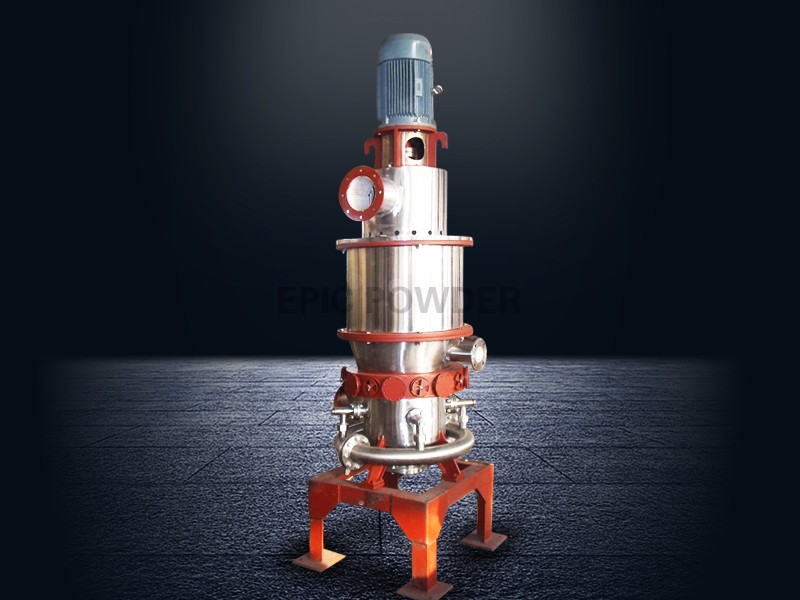
Understanding the Working Principle of Jet Mill for Particle Size Reduction
Jet milling is a widely used method for particle size reduction in various industries such as pharmaceuticals, food processing, and aerospace. Understanding the working principle of jet milling is essential to optimizing the process and achieving desired outcomes.
The basic principle of jet milling involves the use of a high-speed gas or liquid jet to impact particles as they pass through the milling chamber. The jet stream generates extreme forces that break up particles into smaller sizes, resulting in fine powders with uniform particle size distribution.
The heart of the jet milling process is the milling chamber or fluid bed. The chamber is typically cylindrical and contains nozzles that direct the gas or liquid stream toward the particles. The size and shape of the nozzles can be adjusted to control the velocity and pressure of the jet stream, which affects particle size and shape.
As particles enter the milling chamber, they are exposed to the high-speed jet stream, which causes them to collide with each other and with the walls of the chamber. These collisions generate a significant amount of mechanical energy, which breaks up the particles and reduces their size. The gas or liquid flow also carries the fine particles out of the milling chamber and into a collection system, where they are separated from the gas or liquid stream.
One of the key factors that affect the effectiveness of jet milling is the material being milled. Materials with different physical properties, such as density, hardness, and brittleness, may require different milling conditions to achieve optimal results. For example, hard and brittle materials like ceramics may require higher jet velocities and pressures to achieve the desired particle size reduction.
Another important factor that affects jet milling performance is the type of gas or liquid used in the process. Different gases or liquids can have different properties that affect the efficiency and effectiveness of the milling process. For example, some gases, like nitrogen and carbon dioxide, are commonly used in jet milling because they are inert and do not react with the particles being milled. Other liquids, like water, can be used as a milling medium to cool the milling chamber and reduce the risk of thermal degradation of the material being milled.
In conclusion, understanding the working principle of jet milling is crucial to achieving efficient and effective particle size reduction. By controlling the velocity and pressure of the jet stream, manufacturers can produce fine powders with uniform particle size distribution tailored to specific applications. However, successful jet milling requires careful consideration of the material being milled, the type of gas or liquid used, and the milling conditions utilized. With continued research and development, jet milling is likely to remain a popular and effective method for particle size reduction in various industries for years to come.